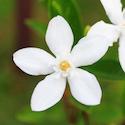Plant and flowering issues
These are all articles in the sub-category Plant and Flowering Issues
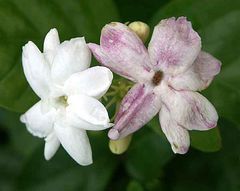
Arabian jasmine is most famous for its sweet and strong fragrance. It is a fast-growing climbing vine and shrub. Both its leaves are dark vibrant green and its flowers are creamy and waxy, compiling an exquisite plant for enjoyment, both indoors and outdoors. As we have learnt, growing these gorgeous plants, can be challenging at times, even-though you take special care, sometimes issues can still arise, such as, its flower turning purple. There are a few causes why our Sambac leaves are turning purple and we will dive into them and how to fix them in this post.
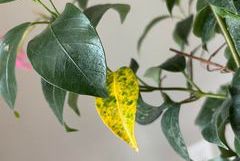
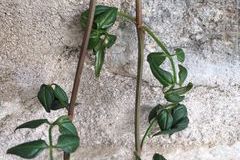
Whether you have and indoors or outdoors plant, there is nothing more satisfying than seeing our Jasmine plant healthy and flourishing with that characteristic deep green foliage, it's gorgeous creamy and scented flowers. By now, we have learnt how crucial it is to meticulously care for our Jasmine plant, as can be a tricky plant to care for, in terms of getting temperature, light, soil, and water requirements nailed down. If you neglect some of those aspects, the health of your jasmine plant, will be compromised and one of the consequences of it will manifests itself in the form of curling of its leaves. The very first thing to understand when seeing the leaves of your Jasmine plant curling up, is that your plant is not doing well. Curled up leaves is a sign of your plant being in distress, whether it is caused by an environmental stressor or a nutrient deficiency, it means your Jasmine plant needs special and immediate attention.
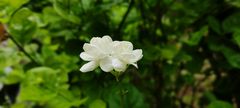
Jasmine plants may not flower due to factors like water stress, insufficient sunlight, drought stress, poor soil nutrients, improper fertilisation, and suboptimal feeding, composting, and pruning methods. Click here to read more!
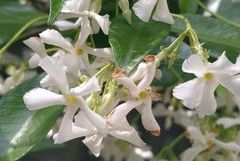
Jasmine plants, as a general rule, love growing under the direct sunlight during 6 hours approximately to partial shade ratio. If the jasmine plant receives too much shade though, most likely it won’t bloom its flower buds and eventually, this light obstruction over time, will promote the buds to turn brown and get discoloured. If the day/weather conditions are difficult, making it hard to expose your jasmine plant to direct sunlight, you could assist your plant by installing some incandescent lamps around the plant to support the light intake.
